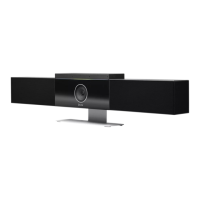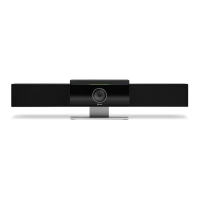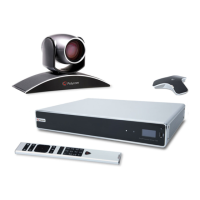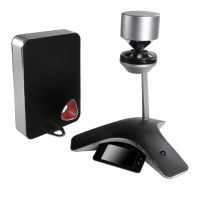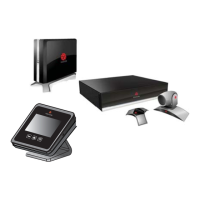Designing Audio Conferencing Systems
C - 17
left side of the following figure), each local talkers' voice will be processed by
the same noise reduction algorithm to remove noise regardless of whether that
noise was incident on that particular microphone.
Similarly with respect to the acoustic echo canceller, it is also better to process
the signals independently as each microphone has its own acoustic view of the
room and sees an acoustic echo that is different from the other microphones.
If multiple microphones are mixed into a single acoustic echo canceller, then
as each microphone becomes active with respect to its automatic microphone
mixing algorithm, the acoustic echo canceller must reconverge to the echo path
from the microphone that becomes active. The performance of the acoustic
echo canceller will degrade as the number of open microphones that feed into
it is increased. Multiple microphones should only be fed into a single acoustic
echo canceller if the echo return loss is high such as in acoustically well treated
room or when microphones are physically separated from loudspeakers or
their gating (becoming active or inactive) is closely controlled.
Similarly with respect to the acoustic echo canceller, it is also better to process
the signals independently as each microphone has its own acoustic view of the
room and sees an acoustic echo that is different from the other microphones.
If multiple microphones are mixed into a single acoustic echo canceller, then
as each microphone becomes active with respect to its automatic microphone
mixing algorithm, the acoustic echo canceller must reconverge to the echo path
from the microphone that becomes active. The performance of the acoustic
echo canceller will degrade as the number of open microphones that feed into
it is increased. Multiple microphones should only be fed into a single acoustic
echo canceller if the echo return loss is high such as in acoustically well treated
room or when microphones are physically separated from loudspeakers or
their gating (becoming active or inactive) is closely controlled.
Muting Microphones
When muting microphones in an audio conferencing system, it is best to mute
the microphones in the signal chain after the AEC has processed the local
microphone's audio signal. This allows the acoustic echo canceller to continue
to adapt to changes in the room, keeping the acoustic echo canceller converged
even though the microphone is "muted".
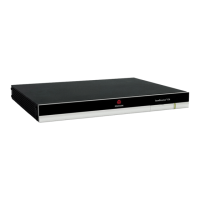
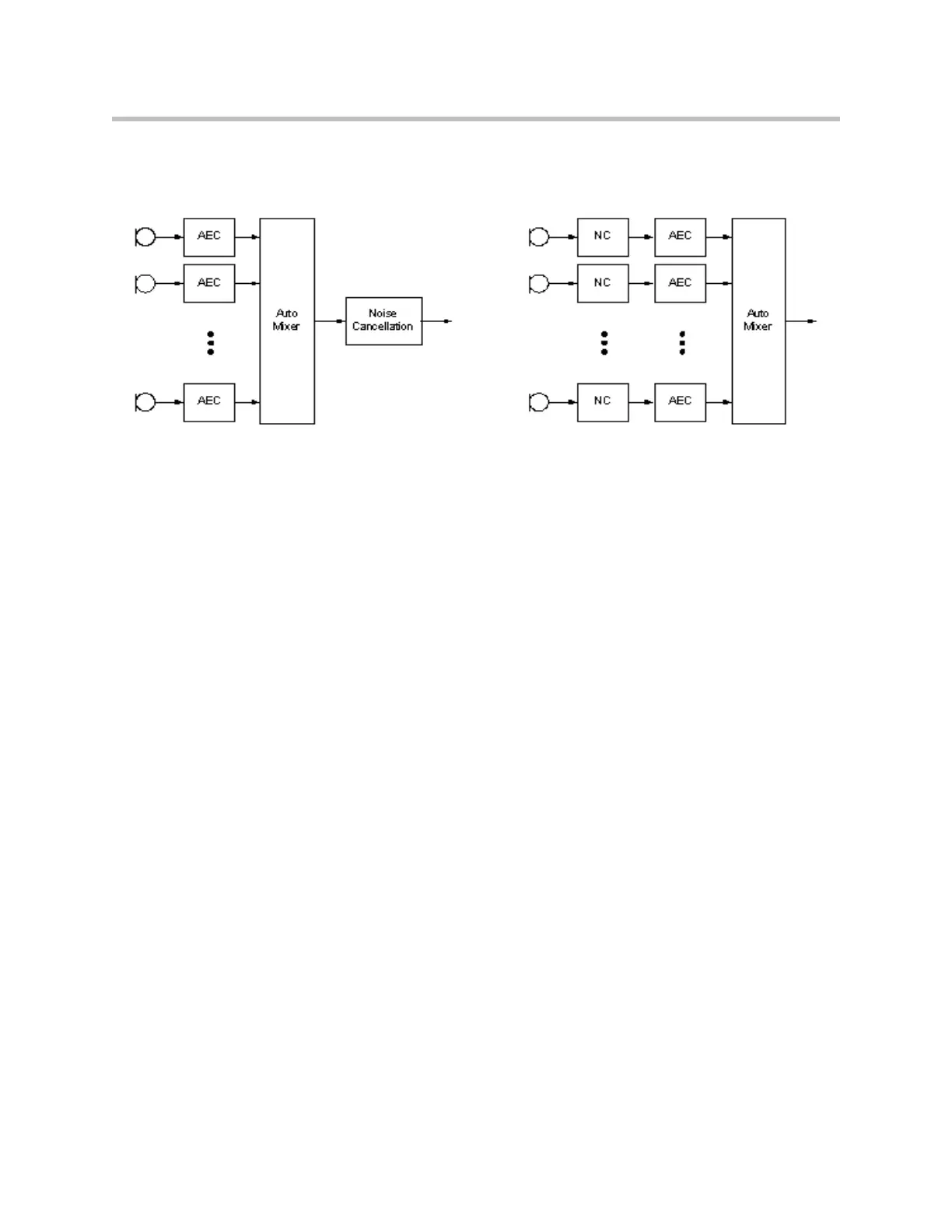